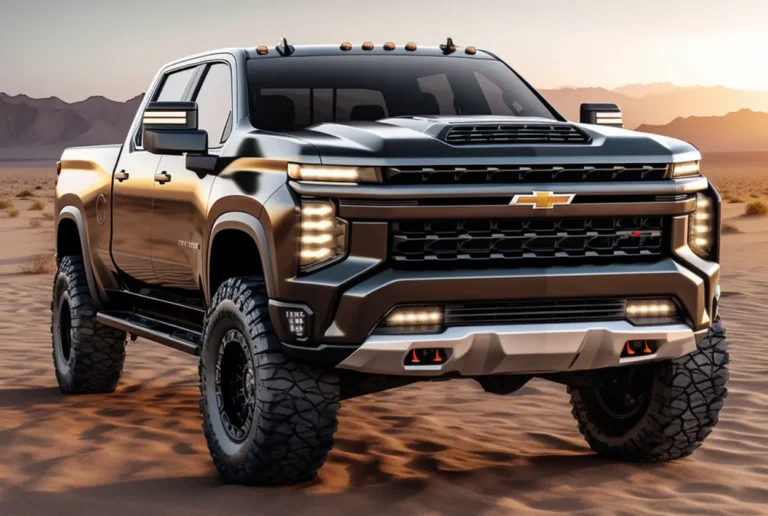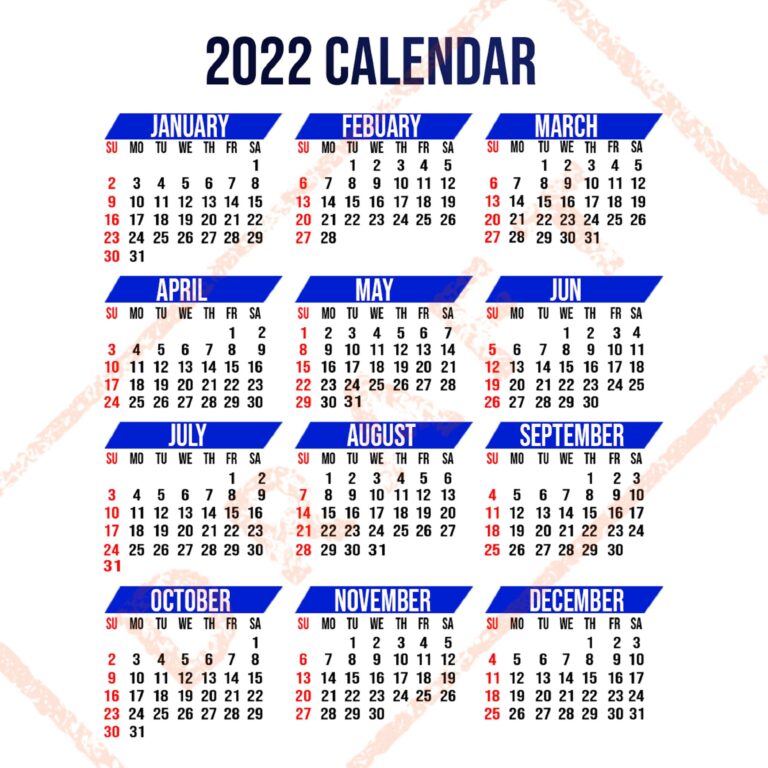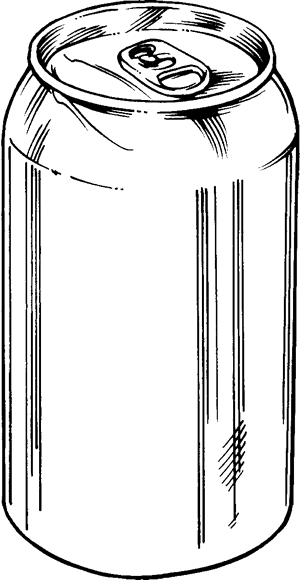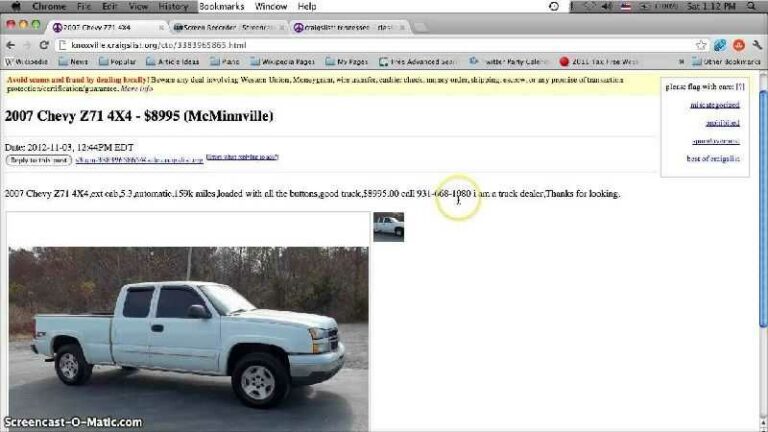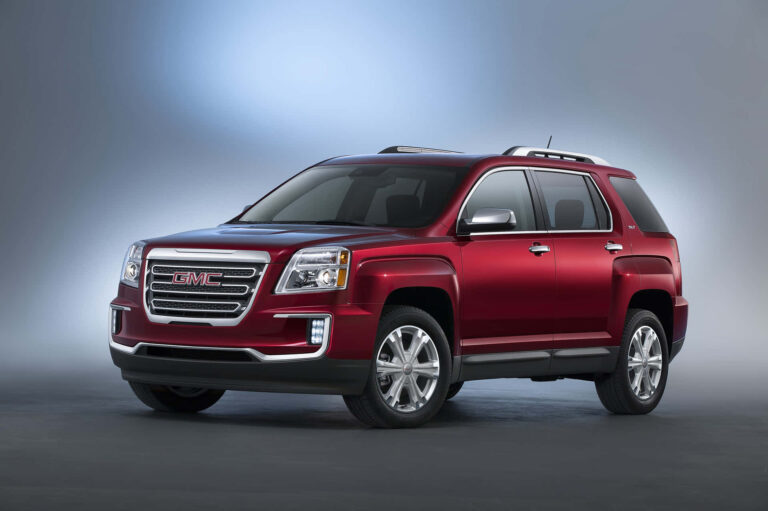2006 Ford Ranger Truck Cap Measurements And Dimensions: Your Ultimate Guide to a Perfect Fit
2006 Ford Ranger Truck Cap Measurements And Dimensions: Your Ultimate Guide to a Perfect Fit cars.truckstrend.com
Purchasing a truck cap, also known as a camper shell or truck topper, for your 2006 Ford Ranger is an excellent investment for protecting cargo, enhancing security, and even improving fuel economy. However, the success of this investment hinges entirely on one critical factor: accurate measurements and dimensions. A cap that doesn’t fit properly can lead to a host of problems, from an unsightly appearance and compromised weather sealing to potential damage to your truck bed or the cap itself. This comprehensive guide will delve into every aspect of 2006 Ford Ranger truck cap measurements and dimensions, ensuring you have all the information needed to make an informed decision and achieve that perfect, factory-like fit.
Understanding Your 2006 Ford Ranger Bed: The Foundation of Fit
2006 Ford Ranger Truck Cap Measurements And Dimensions: Your Ultimate Guide to a Perfect Fit
Before even thinking about cap dimensions, you must intimately understand the bed of your specific 2006 Ford Ranger. The Ranger, being a popular compact pickup, was offered with different bed configurations, primarily distinguished by their length. Identifying your bed type is the absolute first step.
The 2006 Ford Ranger typically came with two primary bed lengths:
- Short Bed (or "Styleside" / "Flareside" Short Bed): Approximately 6 feet (72 inches) long. This was the more common option, especially on SuperCab (extended cab) models.
- Long Bed (or "Styleside" / "Flareside" Long Bed): Approximately 7 feet (84 inches) long. This was usually found on Regular Cab models.
How to Identify Your Bed Type: The easiest way is to simply measure the inside length of your truck bed, from the bulkhead (the wall closest to the cab) to the inside of the tailgate when closed. Alternatively, check your vehicle’s owner’s manual or look for identifying stickers. Misidentifying your bed length is the most common and costly mistake when buying a truck cap.
Key Measurements for a Perfect Truck Cap Fit

Once you’ve identified your bed length, it’s time to take precise measurements. Even a small error can result in a cap that’s too short, too long, too narrow, or too wide. Always use a good quality measuring tape and, ideally, have a helper for accuracy.
-
Bed Length (Inside Top Rail):
- Measure from the very front of the bed (where it meets the cab, at the top edge of the bed rail) straight back to the very end of the top bed rail (where it meets the tailgate).
- Importance: This is the most crucial measurement, determining if the cap will fully cover your bed without overhang or gaps.


Bed Width (Inside Rail-to-Rail):
- Measure the distance between the inside edges of the top bed rails, usually around the middle of the bed.
- Importance: Ensures the cap’s base sits flush on the bed rails.
-
Bed Width (Outside Rail-to-Rail):
- Measure the distance between the outside edges of the top bed rails, again, around the middle.
- Importance: Essential for caps that might have an overhang or specific mounting hardware that grips the outside of the rails.
-
Bed Rail Height to Cab Roof:
- Measure from the top surface of your truck’s bed rail straight up to the highest point of your cab’s roofline.
- Importance: This measurement dictates the "cab-high" or "flush" fit of a cap. If you want a cap that matches your cab’s height, this is critical.
-
Bulkhead Radius/Shape:
- While not a direct linear measurement, observe the curvature or shape of the bulkhead where it meets the bed rails. Some trucks have sharp corners, others have a slight radius.
- Importance: Caps are molded to fit this specific contour. A mismatch can lead to gaps or improper sealing at the front of the bed.
Practical Advice:
- Measure Thrice, Buy Once: Seriously, repeat your measurements several times to ensure consistency.
- Level Surface: Park your Ranger on a flat, level surface for the most accurate readings.
- Remove Obstructions: Clear out any bed liners, toolboxes, or accessories that might interfere with measurements or cap installation. If you plan to keep a drop-in bed liner, measure with it in place, as it can slightly alter interior dimensions.
Types of Truck Caps and Their Dimensional Implications
Truck caps aren’t one-size-fits-all, even within the same bed length. Their design directly relates to the dimensions you’ve just taken:
- Cab-High Caps: These are designed to match the height of your 2006 Ranger’s cab roof. They offer a sleek, integrated look and minimal impact on aerodynamics. Your "Bed Rail Height to Cab Roof" measurement is paramount for these.
- Mid-Rise Caps: Slightly taller than the cab, these offer a bit more internal cargo volume without being overly bulky. They provide a good balance between aesthetics and utility.
- High-Rise (or High-Top) Caps: Significantly taller than the cab, maximizing interior cargo space. Ideal for campers, contractors, or anyone needing to haul large items. While the base still fits your bed length and width, the overall height dimension is much greater.
- Commercial/Workman Caps: Often made of aluminum, these are designed for heavy-duty use, sometimes with side-access doors and interior shelving. Their base dimensions must still conform to your Ranger’s bed, but their structure and features are geared towards utility.
Material Considerations:
- Fiberglass: Typically more aesthetically pleasing, painted to match the truck, and offer better insulation.
- Aluminum: Lighter, more durable for heavy use, often less expensive, but might have a more utilitarian appearance.
Important Considerations Beyond Basic Measurements
Beyond the raw numbers, several other factors influence the fit and functionality of a truck cap on your 2006 Ford Ranger:
- Bed Liners and Rail Protectors: If you have an aftermarket drop-in bed liner or plastic rail caps, these can slightly alter the effective width and length of your bed rails. Always measure with them in place if you intend to keep them. Spray-in liners generally do not affect cap fit.
- Tailgate Design: Some caps are designed to "wrap" around the top of the tailgate, creating a more seamless seal. Ensure the cap’s rear opening mechanism is compatible with your Ranger’s tailgate.
- Cab Design (SuperCab vs. Regular Cab): While the bed length is the primary concern, the cab design can sometimes influence the aesthetics of a cab-high cap, particularly how it aligns with the rear window.
- Mounting System: Most caps use clamps that grip the bed rails. Ensure your chosen cap’s mounting system is compatible with the thickness and design of your 2006 Ranger’s bed rails.
- Window and Door Placement: Consider how the cap’s windows and rear door will align with your truck’s rear window and tailgate.
Benefits of a Properly Sized Truck Cap
Investing the time in accurate measurements pays dividends:
- Optimal Protection: A snug fit ensures weather-tight sealing, keeping your cargo safe from rain, snow, and dust.
- Enhanced Security: A properly sealed and locked cap adds a significant layer of security against theft.
- Improved Aesthetics: A cap that perfectly matches your truck’s lines looks like an integrated part of the vehicle, rather than an add-on.
- Aerodynamic Efficiency: A well-fitting, cab-high cap can actually improve your Ranger’s aerodynamics, potentially leading to slight fuel economy gains.
- Maximized Utility: With the right fit, you can fully utilize the enclosed space for camping, storage, or transporting specialized equipment.
Challenges and Solutions
- Mis-measurements: The most common challenge. Solution: Measure multiple times, use a reliable tape, and verify with a second person.
- Finding Used Caps: Used caps are often a great value, but finding one that perfectly matches your 2006 Ranger’s specific dimensions can be challenging. Always insist on taking your own measurements of the used cap and comparing them directly to your truck.
- Aftermarket Accessories: Bed rail caps or bulky bed liners can sometimes create minor fit issues. Solution: Consider removing them, or choose a cap designed to accommodate them (less common).
- Slight Variations: Even within the same model year, minor manufacturing tolerances can exist. Solution: A reputable cap dealer will often offer installation and minor adjustments to ensure a perfect seal.
Table: 2006 Ford Ranger Bed Dimensions & Estimated Truck Cap Prices
This table provides typical dimensions for the 2006 Ford Ranger beds and estimated price ranges for common truck cap types. Please note: Prices are highly variable based on new/used condition, brand, features (windows, lights, racks, etc.), material, and location. These are general estimates for reference.
| Characteristic | 2006 Ford Ranger Short Bed (Approx. 6 ft) | 2006 Ford Ranger Long Bed (Approx. 7 ft) |
|---|---|---|
| Approx. Inside Bed Length | 72 – 72.5 inches (183 – 184 cm) | 84 – 84.5 inches (213 – 215 cm) |
| Approx. Inside Bed Width | 54 – 54.5 inches (137 – 138 cm) | 54 – 54.5 inches (137 – 138 cm) |
| Approx. Outside Bed Width | 60 – 61 inches (152 – 155 cm) | 60 – 61 inches (152 – 155 cm) |
| Approx. Bed Rail to Cab Roof Height | 20 – 21 inches (51 – 53 cm) | 20 – 21 inches (51 – 53 cm) |
| Typical Cap Type | Cab-High Fiberglass | Cab-High Fiberglass |
| Est. New Price Range | $1,800 – $3,000+ | $2,000 – $3,500+ |
| Est. Used Price Range | $300 – $800+ | $400 – $1,000+ |
| Typical Cap Type | Mid-Rise Fiberglass | Mid-Rise Fiberglass |
| Est. New Price Range | $2,000 – $3,500+ | $2,200 – $4,000+ |
| Est. Used Price Range | $400 – $900+ | $500 – $1,200+ |
| Typical Cap Type | Aluminum Commercial/Work | Aluminum Commercial/Work |
| Est. New Price Range | $1,500 – $2,800+ | $1,700 – $3,200+ |
| Est. Used Price Range | $200 – $700+ | $300 – $850+ |
Frequently Asked Questions (FAQ)
Q1: Can I use a truck cap from a different make/model truck on my 2006 Ford Ranger?
A1: It is highly unlikely to fit properly. Truck beds vary significantly in length, width, rail shape, and cab height across different manufacturers and even within different models from the same manufacturer. For a proper fit and seal, you need a cap specifically designed for a 2006 Ford Ranger of your bed length.
Q2: How do I know if my 2006 Ranger is a short bed or long bed?
A2: The most reliable way is to measure the inside length of your truck bed from the bulkhead (cab side) to the inside of the closed tailgate at the top rail. A short bed will be approximately 6 feet (72-73 inches), while a long bed will be approximately 7 feet (84-85 inches).
Q3: Do bed liners affect truck cap fit?
A3: Yes, a drop-in bed liner can slightly alter the effective width and length of your bed rails, potentially causing a cap to fit too tightly or not sit flush. Always measure with the bed liner in place if you intend to keep it. Spray-in liners typically do not affect fit.
Q4: What’s the difference between a cab-high and a mid-rise cap?
A4: A cab-high cap is designed to be flush with the roofline of your truck’s cab, offering a sleek, integrated look. A mid-rise cap is slightly taller than the cab, providing additional interior cargo volume while still maintaining a relatively streamlined appearance.
Q5: Where can I buy a truck cap for my 2006 Ford Ranger?
A5: You can purchase new caps from authorized dealers of brands like Leer, A.R.E., SnugTop, or Ranch. Used caps can often be found on online marketplaces (e.g., Craigslist, Facebook Marketplace), local classifieds, or specialty used truck accessory shops. Always verify measurements when buying used.
Q6: Are custom-made truck caps available for older models like the 2006 Ranger?
A6: While most manufacturers focus on current models, some custom fabrication shops might be able to build a cap to your specifications. However, this is typically a much more expensive option than buying a standard new or used cap.
Conclusion
Securing the right truck cap for your 2006 Ford Ranger is a matter of precision and patience. By thoroughly understanding your truck’s bed dimensions, accurately taking measurements, and considering the various types of caps available, you empower yourself to make an informed decision. Investing the time upfront to ensure a perfect fit will not only save you potential headaches and expenses down the road but will also maximize the benefits of your truck cap, transforming your Ranger into an even more versatile and secure companion for work or adventure. Remember, when it comes to truck caps, measure twice, buy once!

